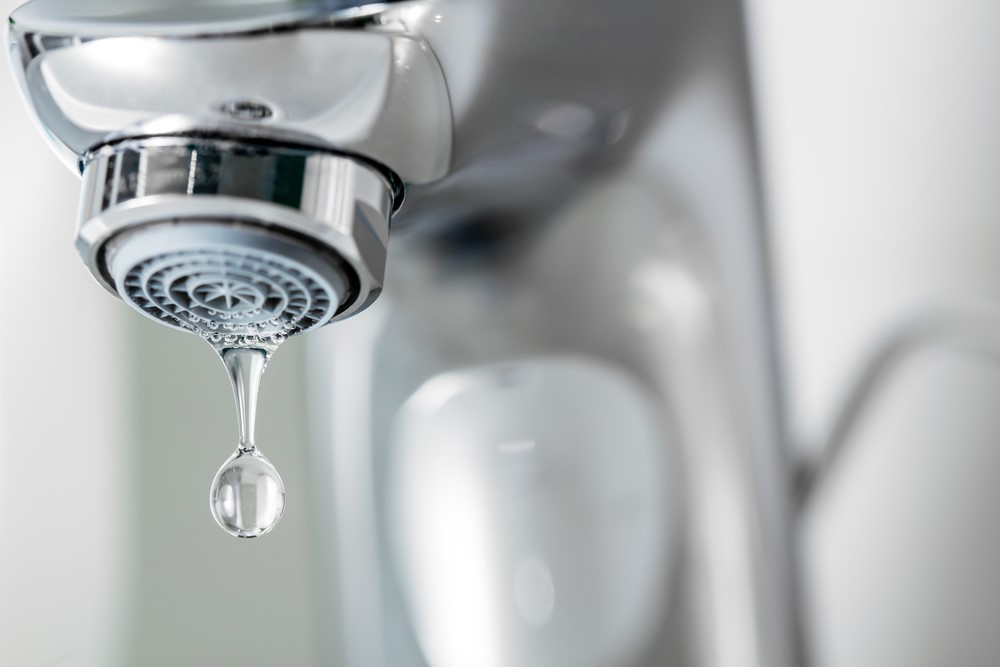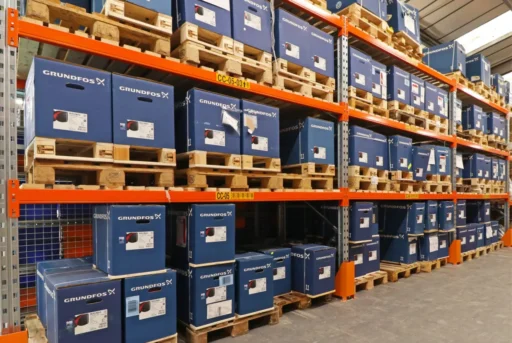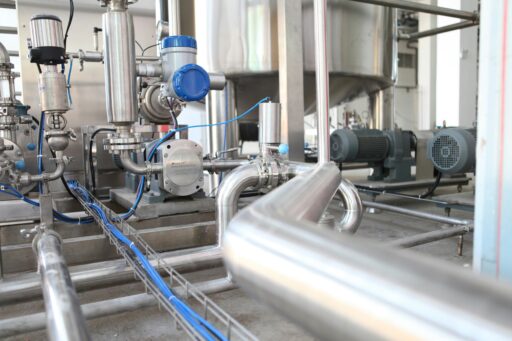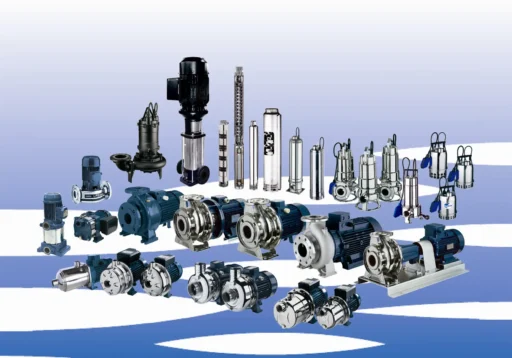No household is immune to low water pressure. With so many different moving parts involved – the water service providers, your home’s internal plumbing and your home’s appliances – it can be extremely difficult to, first of all, identify the offending component, and then, go about fixing it. Our guide to dealing with poor water pressure is designed to help you identify and fix the problem with ease.
Check with water provider
If the problem doesn’t appear immediately obvious, the most straightforward party to rule out is your water service provider. Simply head over to the website of your water service provider and type in your postcode; typically this will then give you a list of incidents in your vicinity. If this doesn’t clarify matters, you can pay a visit to your neighbour and ask them if their water pressure is at its usual level. If it is, you can rule out your water service provider as the culprit and move onto your internal plumbing as the most likely reason.
Cold kitchen tap
Main water supply normally enters the home through the cold water tap in the kitchen. If it comes out of here but not out of taps in the bathrooms, the fault lies with your internal plumbing.
Frozen pipes
In the colder temperatures of winter, frozen pipes represent a serious threat to the good working order of your home’s water supply and can very well cause low water pressure. Recognising that frozen pipes are to blame is quite simple – just check them for damage. If you do suspect that you have frozen pipes, you run the risk of collapsing your hot water cylinder if you switch on your hot water tap. For that reason, it is best to just run the cold water tap and wait for the pipe to thaw. We wouldn’t recommend applying a direct flame to the frozen pipe; it is best practice to use nothing more than a hairdryer and a heated towel to speed up the process.
Stop valve
Checking that your home’s stop valve is in the right position is another important step in identifying the cause of low water pressure. After work has been carried out by a water service provider, it isn’t uncommon for air or sediment to impede the flow of water behind the stop valve. Fortunately, there’s a quick fix for this. After turning on your cold water tap, toggle the stop valve between on and off a few times before leaving it in the on position. Normally, water will begin to splutter through the valve before it returns to working as usual.
Lacklustre equipment
Sometimes the blame for low water pressure can be attributed to the equipment in your home. If all of the other checks in this piece haven’t unearthed any evidence of wrongdoing, it may well be the case that you need a new piece of kit. If it’s your shower that is producing a lacklustre stream of water, you should seriously consider purchasing a shower pump. Inexpensive and easy to install, shower pumps boost the flow of water to your shower. Shower pumps will dramatically improve the flow of water through your shower.
Water service providers, frozen pipes and stop valves are three of the most likely causes of poor water pressure and, after reading this guide, we hope you have a firm grasp of the different ways you can deal with it without outside help.





